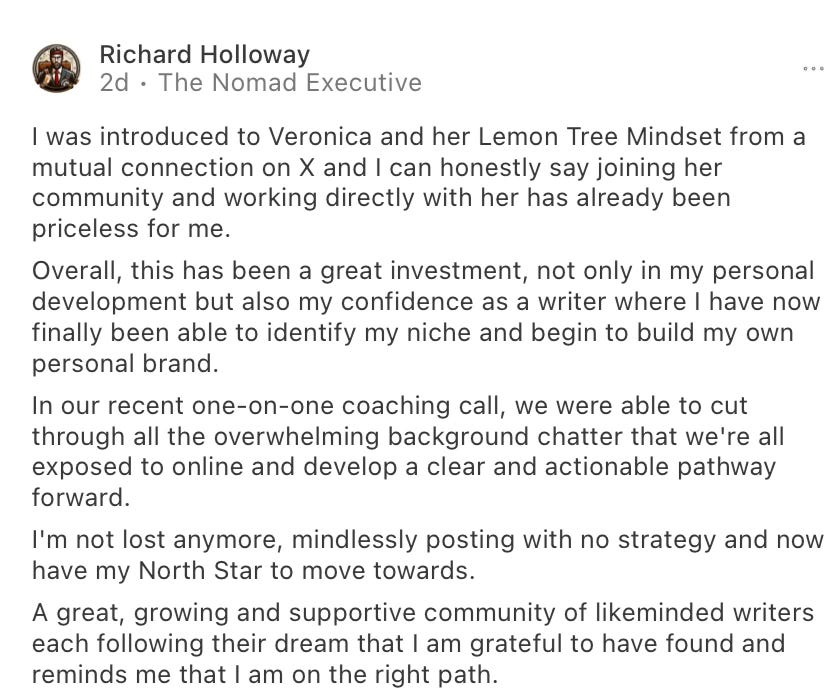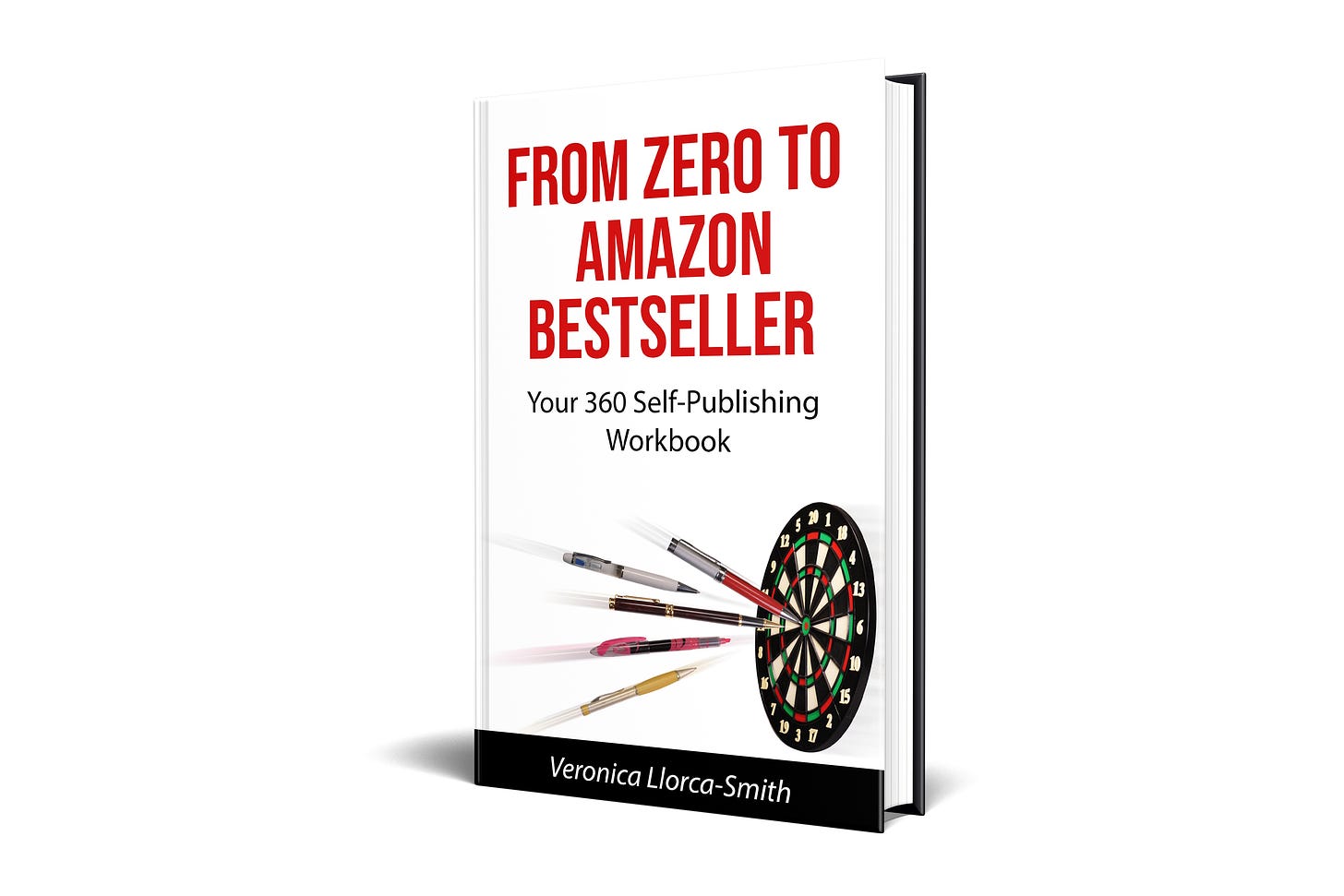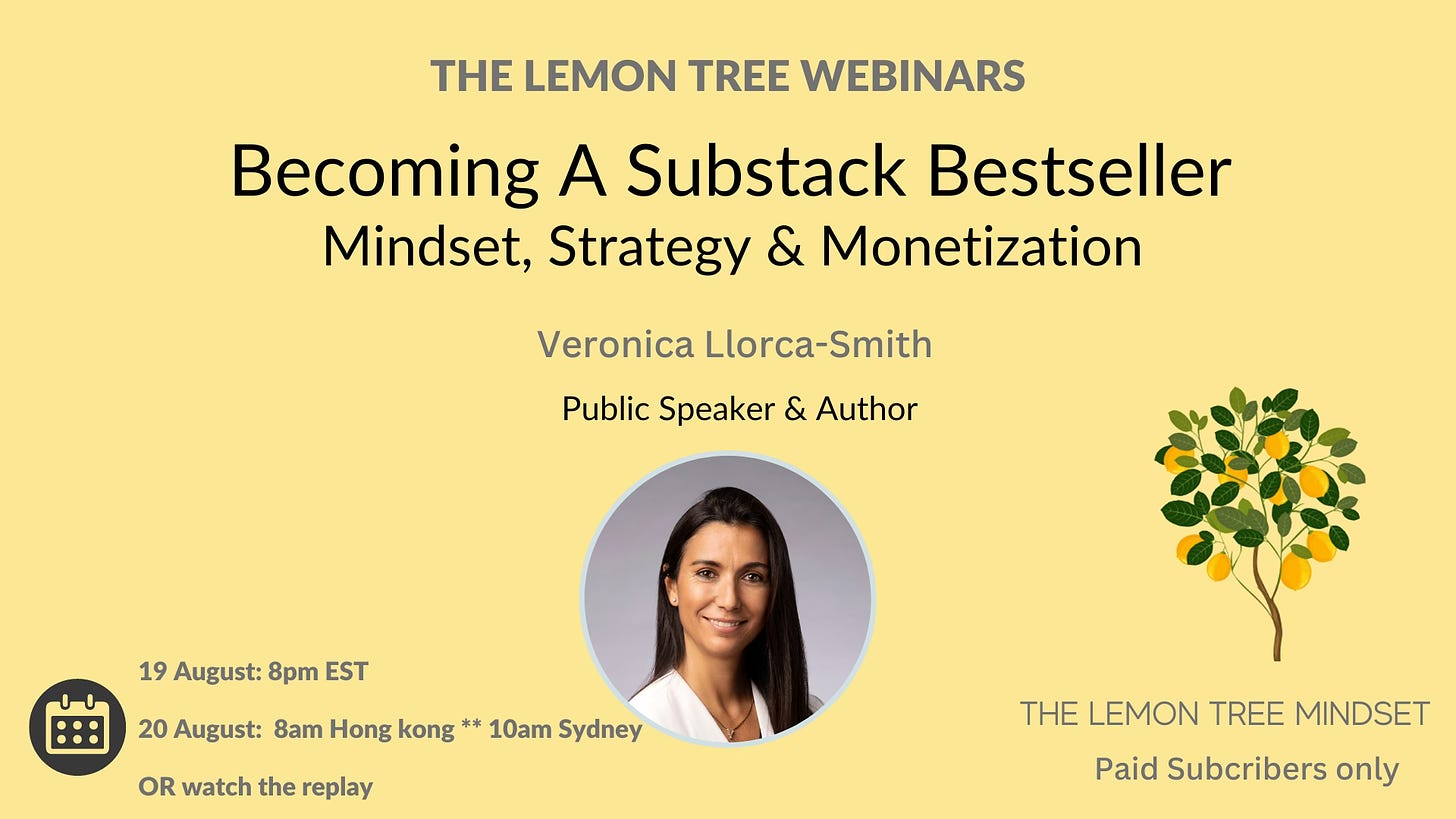Solopreneurship 2.0: Don't Drown In The Hustle (Like Most)
About passive income, building leverage and creating a funnel
Solopreneuship 1.0: The Hustle
Everybody talks about solopreneurship and how to make your first few bucks online.
What not many talk about is the evolution of solopreneurship and how to go from the initial hustle to a more strategic and self-sustainable business model.
In the early stages, you are the sole generator, and you must constantly add fuel to keep the engine going. If you don’t create, the business dies. It’s survival, the law of the jungle.
The initial hustle is a must to keep the fire going. The machine is always in full start-up mode: create, create, create.
However, humans are not machines.
People need breaks, get sick, hit a wall and eventually, the engine slows down or halts altogether. That’s why many solopreneurs quit after the 6-12 months mark.
The (burnout) writing is on the wall.
The good news is you have options.
Solopreneurship 2.0: Thinking ROI (return on investment)
The second phase of solopreneurship is an organic evolution: as you grow and gain knowledge and experience, you naturally start to enjoy collateral benefits such as referrals, inbound leads, sponsorships, and passive income. Sweet!
With high-level thinking and some technical knowledge, you can expedite the process to reach this phase earlier - and avoid burnout.
1. From creator to investor
The Eldorado of solopreneurs is passive income.
That’s the money you keep generating after a one-time investment with zero or minimum incremental effort.
- In financial terms, it’s your stocks’ dividends.
- In the creators’ economy, it’s your book royalties, courses sold, licenses, etc.
For writers and creators, passive income is a no-brainer, but many fail to materialize it. They publish encyclopedias of content on social media with no return other than thousands of likes and comments that won’t pay for your avo on toast.
If you are not thinking about generating passive income, you should.
Instead of panicking about your 7-day streak on LinkedIn or X, zoom out and see how you can connect the pieces to build something bigger that can yield an ROI.
Evolve your mindset from a creator to an investor.
Are you pumping out posts in the digital limbo or are you investing in content that can yield dividends?
Pause for a moment.
You need an investment strategy to give your content longevity so that it continues to generate earnings months and years after it’s been published.
Here are some ideas I have experimented with in the past:
- Turn my Substack Posts into a Gumroad ebook: Personal Brand Studio
- Serialize my books through my Substack newsletter with a section for Book Chapters
- Turn my self-publishing experience into a guide on Amazon: From Zero To Amazon Bestseller
All of these are now part of a digital repertoire that generates (some) money while I sleep: passive income.
2. Building leverage
Leverage: Use something to maximum advantage.
The bigger your digital footprint, the bigger your leverage.
As you grow your community, you have more traction and appeal to potential partners:
Initial phase: your leverage is your content.
Intermediate phase: your leverage is your content + your audience
Advanced phase: your leverage is your content + your audience + your brand (think Justin Welsh, Dan Koe, Nicolas Cole…)
Your asset is not just what you create anymore but who you are and how you build a community around it.
Instead of boxing yourself inside a traditional content creation monetization strategy, go beyond and exploit your leverage.
You can use your footprint to drive interest from sponsors and other creators who are willing to get exposure to your community or invite you to join theirs.
This can take different formats, from sponsorships to paid appearances, public speaking gigs and cohorts with other creators.
I recently launched sponsorships using Passionfroot, so that my newsletter can generate a second revenue stream. Leverage.
3. Elevating your offer
A high-value ticket subconsciously reflects a high-quality offer provided there is substance and credibility to back it up.
The more credibility you can demonstrate, the more you can charge because you have business proof.
Most creators start with a cheaper offer (e.g., a newsletter, an ebook…) and evolve into a multi-tiered model that also includes a premium offer (e.g., a course, coaching…).
Typically, you recruit customers through an entry-level ticket. Once you have built trust, they might consider your high-value offer. That’s how you create a funnel.
This is what my funnel looks like:
Entry level:
Medium level:
High level:
Coaching package
Check out the testimonial from my Founding Member,
, writer of The Nomad Executive.Thought-provoking questions
How can you evolve beyond the initial hustle?
What do you need to do to go from creator to investor?
How can you create leverage to generate new revenue streams?
How can you elevate your business with a tiered approach?
Ready to turn your content into an ebook and generate passive income?
Get 30% off my digital guide.
*** Offer valid until 10 August only.
Lemons & Lemonade 🍋
Enjoying The Lemon Tree Mindset?
Subscribe: free weekly articles
Become a Paid Subscriber: exclusive articles, monthly webinars and Thread
Become a Founding Member: private coaching + feature in newsletter
Become a sponsor: exposure to 4,400+







Super valuable as always!
I am working on consolidating top 100 lessons from consuming over 500 podcast episodes for the newsletter and publishing that as an ebook on Gumroad.
Secondly, rolling out a cohort based monthly call for paid members. Focus will be to overcome the lack of implementation of ideas I discuss in my newsletter. Your post provided additional ideas as well. Thank you as always Veronica
Great explanation of the many options available to solopreneur creators once they have some great quality content behind them.